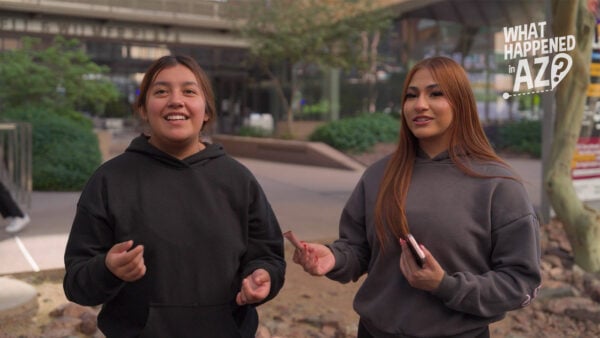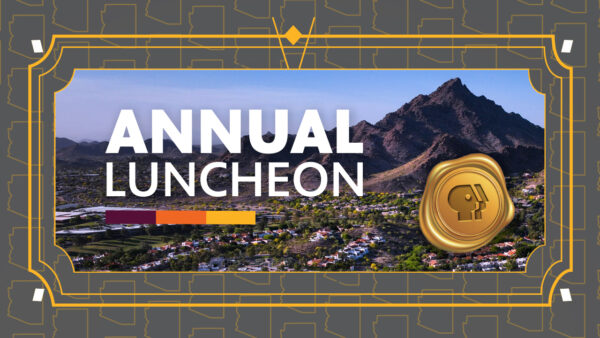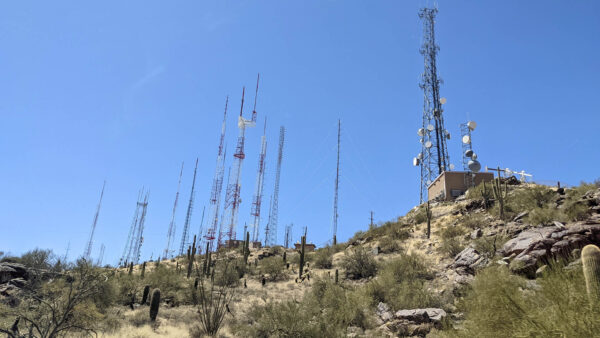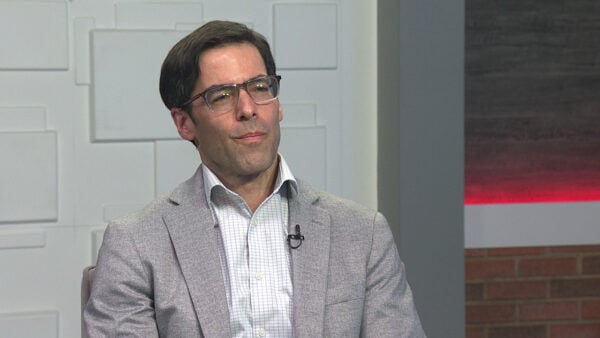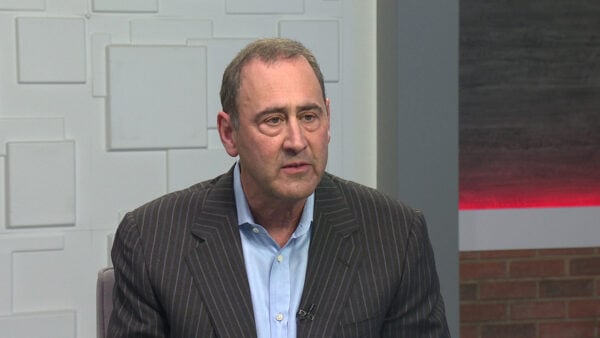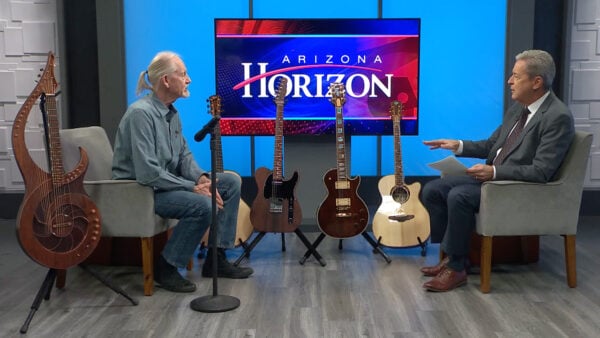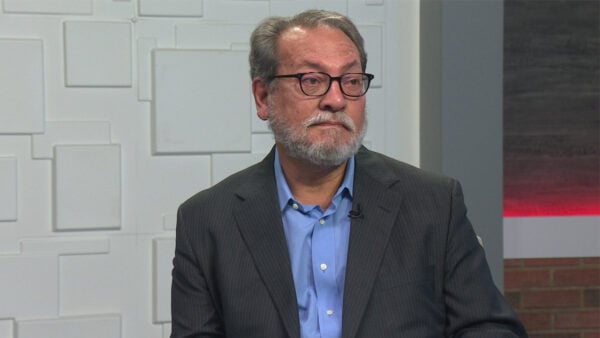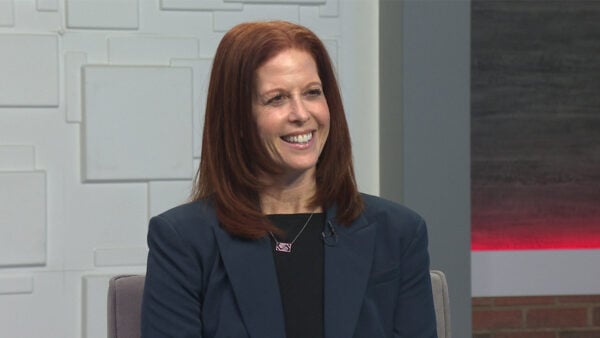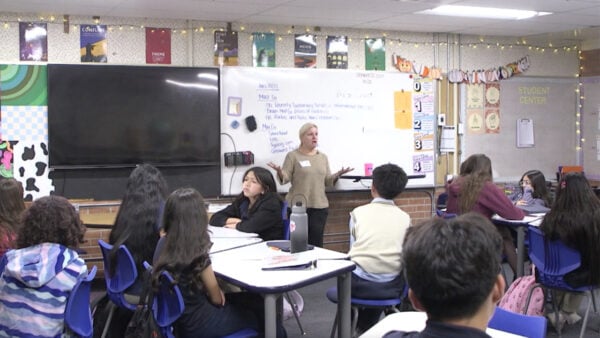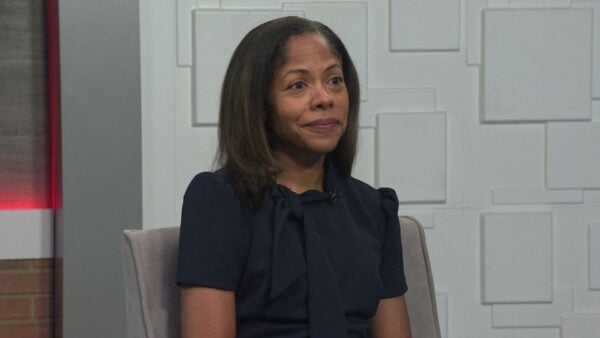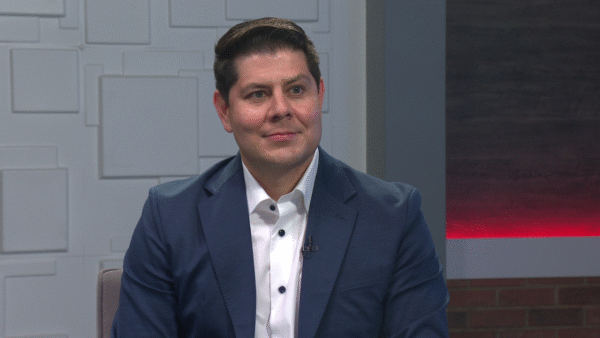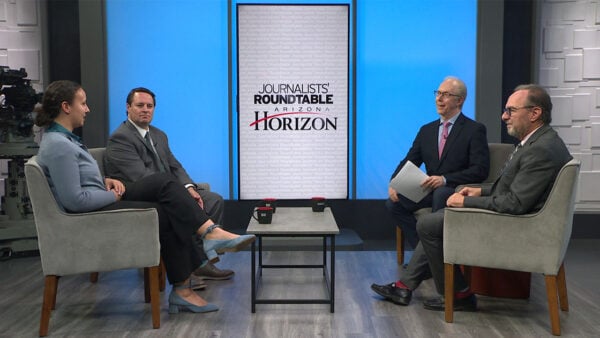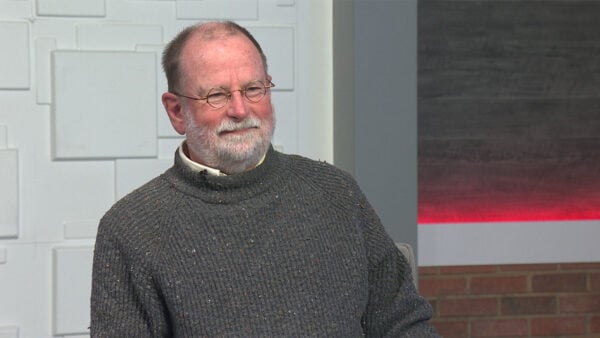ANDI the “manikin” helps researchers better understand heat and the human body
July 26, 2023
Funded by a National Science Foundation Major Research Instrumentation Grant, ASU researchers hope to use ANDI the “manikin” to better understand the human body’s response to extreme heat. Professor Konrad Rykaczewski at ASU’s School of Engineering of Matter, Transport and Energy, and Professor Jennifer Vanos at ASU’s School of Sustainability joined Arizona Horizon to discuss it.
Custom-built for ASU by the company Thermetrics, ANDI can mimic the thermal functions of the human body and has 35 different surface areas that are all individually controlled with temperature sensors, heat flux sensors and pores that bead sweat.
“It is the first of its kind in the world that is able to go outside in our extreme conditions here,” Vanos said.
Typically, they run the experiments outside or in a climatic chamber, where they have the ability to control the temperature but also the humidity and wind speed.
“It depends on the research question that we are interested in, so we can expose him to high temperatures and high sunlight and put him outside to experience that environment, or put him in the chamber and crank up the humidity and see how that affects evaporation,” Vanos said.
One of the benefits of ANDI is that he can be exposed for long periods of time that would be unsafe for humans, according to Vanos.
ANDI is getting closer and closer to becoming a human being. “So ANDI is still a physical instrument; on the inside, if you open it up and you are looking for a heart or liver, you will be disappointed. ANDI serves as a shell; it measures anything that is going in or out of it,” Rykaczewski said.
There is a thermal regulation program that they use to control ANDI, and the program has the heart and different organs, basically reporting on increases to the core temperature, according to Rykaczewski.
“Once we do this analysis and get these bigger research questions answered, we want to take that information into societal applications and be able to give answers to some of our community partners and stakeholders,” Vanos said.
